According to the set target, in the 2025-2030 period, at least 35,000 human resources will be trained, focusing on training high-quality human resources to meet the requirements of implementing high-speed railway and urban railway projects.

Deputy Prime Minister Le Thanh Long has just signed Decision No. 2230/QD-TTg dated October 9, 2025 approving the Project on training and developing human resources for Vietnam's railways until 2035, with a vision to 2045.
The project aims to build a synchronous railway workforce with professional qualifications, vocational skills and high technological capacity, meeting the requirements of implementing high-speed railway projects, electrified national railways and urban railways; gradually receiving and mastering technology, improving national competitiveness, contributing to promoting the development of a modern, autonomous and sustainable railway industry.
Specific goals for the 2025-2030 period are to train at least 35,000 human resources, focusing on training high-quality human resources to meet the requirements of implementing high-speed railway, electrified railway, urban railway projects and supplementing teaching human resources for training institutions.
Specifically, there are about 1,000 postgraduates, including about 80 PhDs, about 920 masters (including 60 PhDs and 150 masters who are lecturers); about 14,000 university graduates; about 11,000 college graduates and about 9,000 intermediate graduates.
Railway construction engineering about 4,700 people; construction engineering about 16,300 people; railway information and signaling about 3,700 people; railway electricity and energy systems about 1,100 people; locomotives and wagons about 1,700 people; construction economics and railway transport economics about 1,500 people; railway transport exploitation about 6,000 people.
Training and professional development for about 5,000 people to meet the requirements of operation, exploitation and maintenance of urban railway lines.
Provide training in knowledge and professional skills on railway management, development and operation for cadres, civil servants, public employees and experts at agencies and units performing state management of railways, about 500 people.
Providing training in knowledge and professional skills on railway project management for the project management team, about 1,000 people...
By 2045, a number of training centers and modern railway technology transfer centers will be established in the region.
In the 2031-2035 period, the Project will train at least 70,000 human resources, enhance training of high-quality human resources to meet the requirements of implementing high-speed railway projects, electrified national railways, urban railways and supplement teaching human resources for training institutions, specifically:
Postgraduate level is about 2,000 people, including about 100 PhDs, about 1,900 masters; university level is about 18,000 people; college level is about 30,000 people and intermediate level is about 20,000 people.

Railway construction engineering about 12,300 people; construction engineering about 21,400 people; railway information and signaling about 9,300 people; railway electricity and energy systems about 7,600 people; locomotives and wagons about 8,000 people; construction economics and railway transport economics about 2,100 people; railway transport exploitation about 9,300 people.
Training and professional development for at least 40,000 people to meet the requirements of operating, exploiting and maintaining railway lines, including: high-speed railways about 13,800 people, national railways about 5,000 people, urban railways about 21,200 people...
By 2045, continue to train and develop additional human resources to meet the actual needs of implementing railway projects and operating, exploiting and maintaining railway lines; aiming to form a number of training centers and transfer modern railway technology in the region.
Six tasks and solutions
To achieve the above objectives, the Project sets out the following tasks and solutions: perfecting institutions and policies for developing railway human resources; enhancing capacity for training and research facilities; training and fostering human resources;
Along with that, developing human resources for research, application, technology transfer and mastery of railway industry; promoting international cooperation in training and developing railway human resources; increasing mobilization and diversification of investment resources and strengthening public-private cooperation for training and developing railway human resources./.
Source: https://baolangson.vn/dat-muc-tieu-dao-tao-it-nhat-35-000-nhan-luc-duong-sat-trong-5-nam-toi-5061437.html


![[Photo] Unique Phu Gia horse hat weaving craft](https://vphoto.vietnam.vn/thumb/1200x675/vietnam/resource/IMAGE/2025/10/10/1760084018320_ndo_br_01-jpg.webp)


![[Photo] Opening of the World Cultural Festival in Hanoi](https://vphoto.vietnam.vn/thumb/1200x675/vietnam/resource/IMAGE/2025/10/10/1760113426728_ndo_br_lehoi-khaimac-jpg.webp)
![[Photo] Ho Chi Minh City is brilliant with flags and flowers on the eve of the 1st Party Congress, term 2025-2030](https://vphoto.vietnam.vn/thumb/1200x675/vietnam/resource/IMAGE/2025/10/10/1760102923219_ndo_br_thiet-ke-chua-co-ten-43-png.webp)

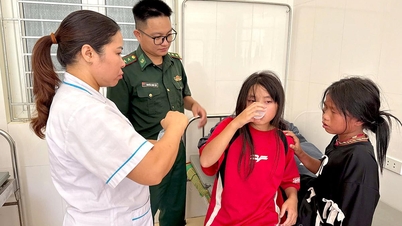










































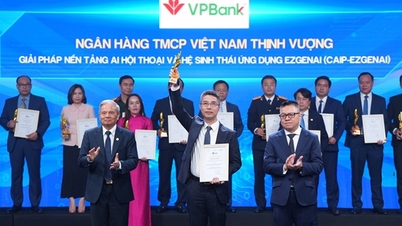













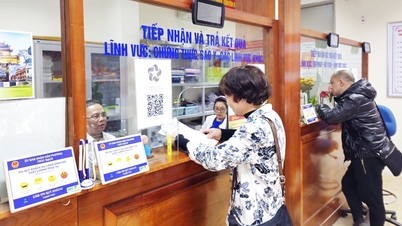





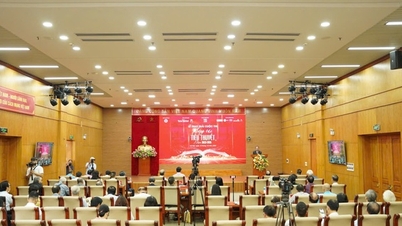
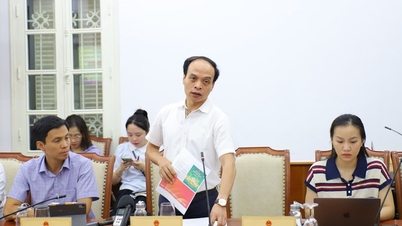





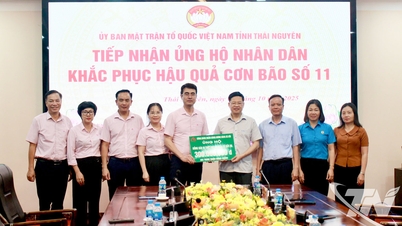



















Comment (0)